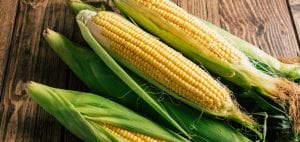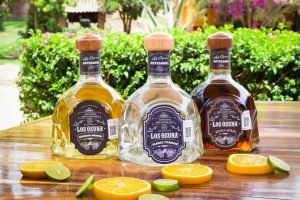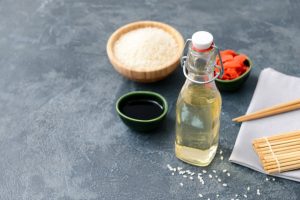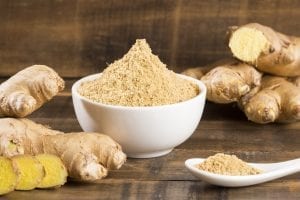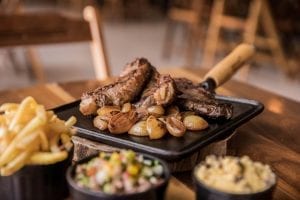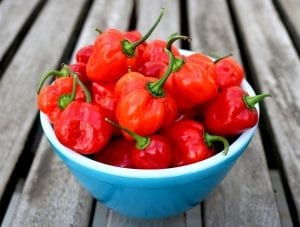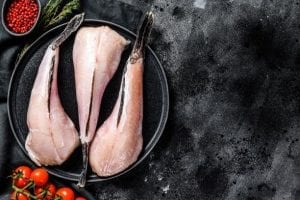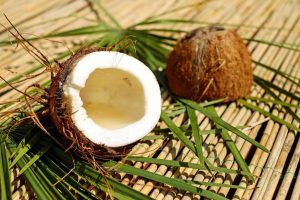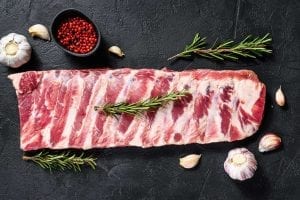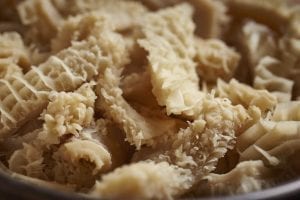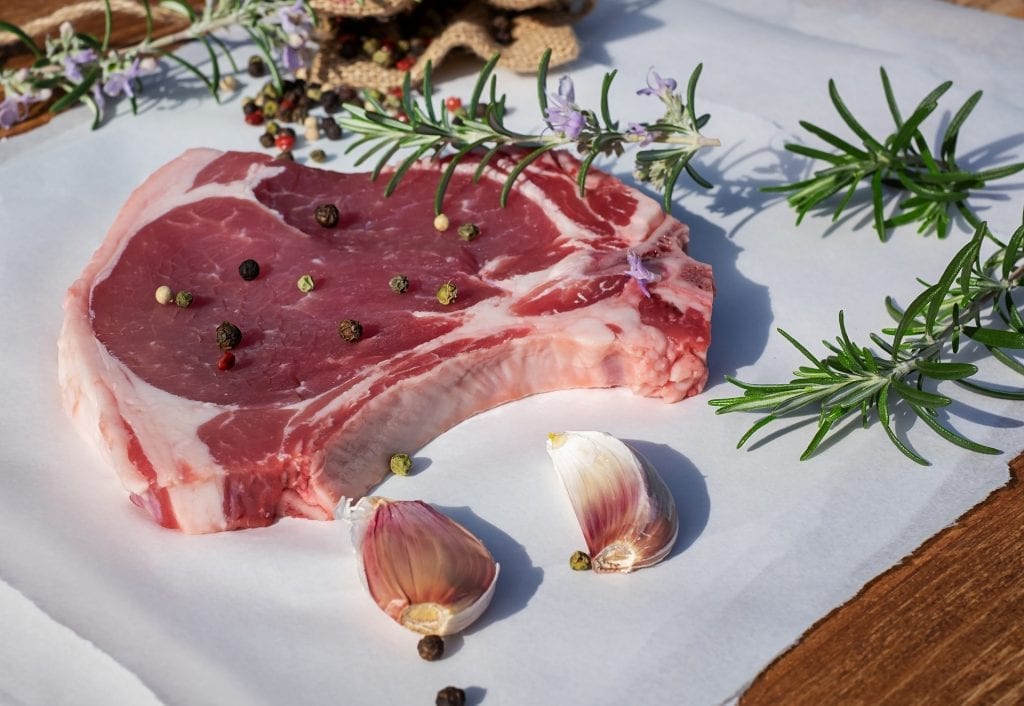
In a nutshell, veal is the meat of bovine calves or young cattle. This meat is coveted for its delicate taste and supple texture. But if it is so great, then how come it isn’t as popular as other kinds of meat? Read on to find out more about how this meat is produced, how healthy it is, its different types, as well as recipes that you can try for yourself.
What Is Veal?
Veal is the meat of calves. Consumption of this meat began more than a century ago in Europe, so it follows that this ingredient is a cornerstone of European cuisine. Nowadays, it exists as a convenient way of putting to use male dairy cows that can’t be used for milk production and breeding. Through this, dairy farmers also able to use whey solids (by-products of making cheese) by feeding them to the calves.
In terms of taste and texture, this meat has unique qualities that make it stand out. Despite being bovine meat, it’s unlike beef because it is tender with a delicate flavor.
Is Veal Good For You?
This meat is often touted as being healthier than other types of meat. It’s one of the most protein-packed foods and is low in fat. You’ll get about an ounce of protein and 170 calories for every serving (that’s 20 percent fewer calories than beef). It also contains a good amount of nutrients like B vitamins for energy and healthy metabolism, as well as zinc to help keep your immune system strong.
READ ALSO: Picanha: What Is It and How to Cook It?
Different Types of Veal
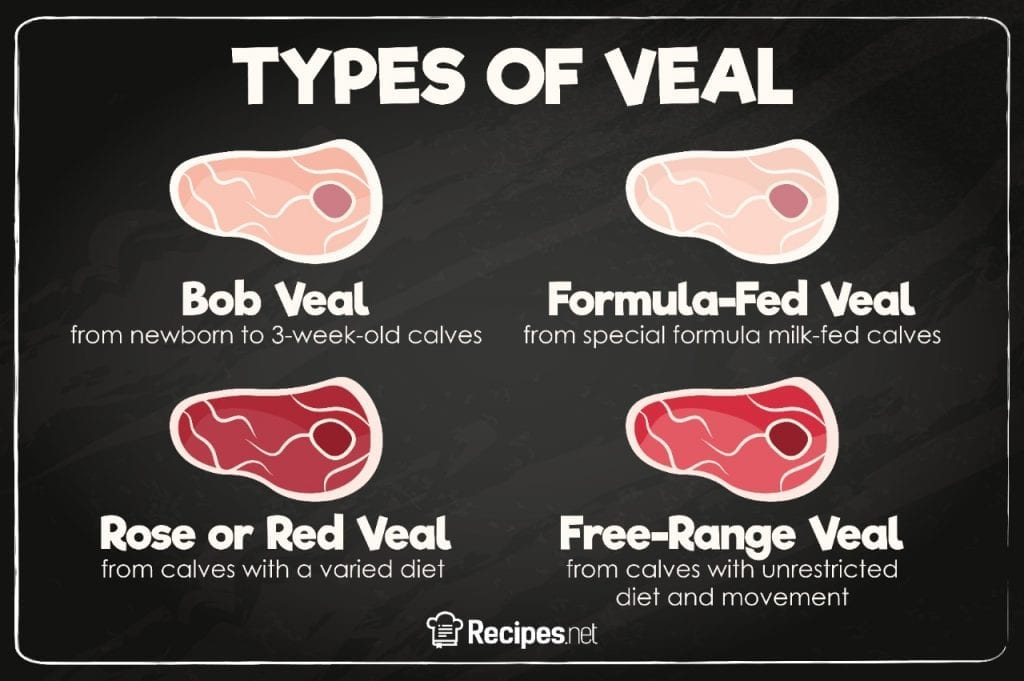
Bob Veal
This is the meat of the youngest calves that you can mostly buy directly from your dairy farms. The age of the calves may differ, but on average this type of meat comes from three-week-old bovines that weigh about 150 pounds.
A lot of veal enthusiasts crave the taste of this variant. The meat of bob calves is underdeveloped, which makes for a tender and milder-tasting protein to use for a dish. Think beef, but more delicate.
Formula-Fed Veal (Milk-Fed)
This refers to pale meat from calves at around 18 to 20 weeks that have been fed an exclusive diet of formula milk or milk replacer. This special diet, along with getting less exercise, causes the meat to be much lighter in color compared to other variants.
Rose or Red Veal (Grain-Fed)
The name of this type hints at its appearance. Unlike formula-fed ones which are pale, this has a more vibrant color. This type comes from much older calves kept for as long as eight months. Technically, these calves have more food variety (milk replacer and grains) and exercise so their flesh is much redder. In terms of taste, rose veal is like a milder and more tender version of beef.
Free-Range Veal (Pasture-Raised)
This comes from calves with unrestricted movement and diet. These calves drink milk directly from a female cow. These calves do not undergo weaning, and they stay with their mothers until around 24 weeks. Similar to rose veal, this type is richer in color and flavor. Because free-range calves are unconfined, they move a lot leading to more developed muscles. This type may not be as tender, but some prefer its stronger flavor.
How to Select Veal
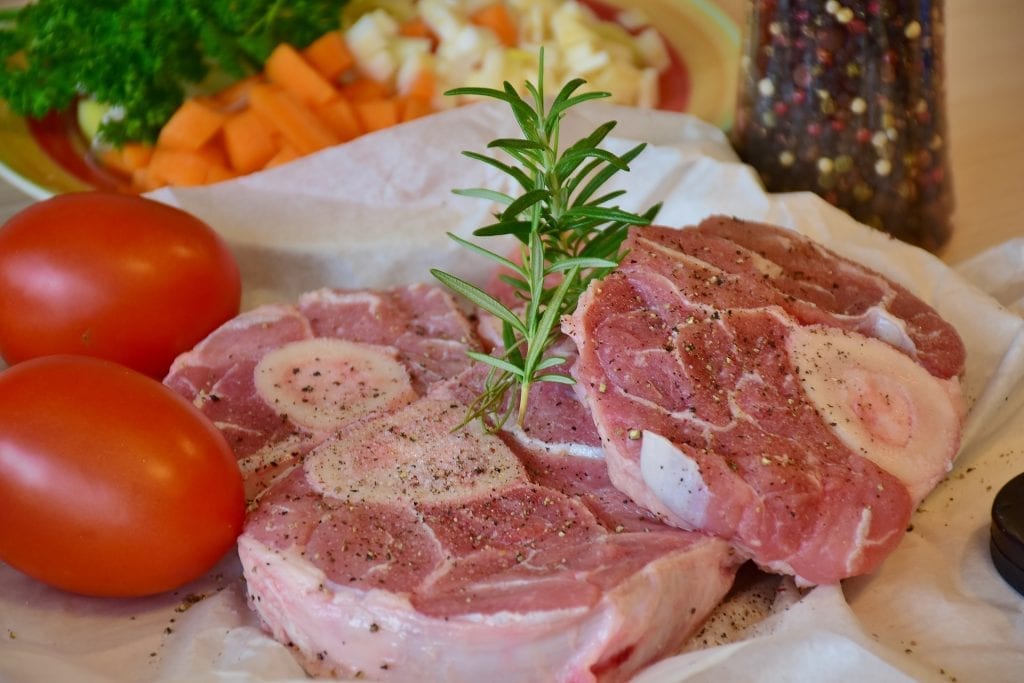
As with beef and other kinds of meat, you’ll have to be particular about which cut of veal to select. Some cuts are just more suited for specific recipes than others. A lot of factors come into play here, like tenderness and flavor. The cuts are often divided into these main groups:
Leg (Round)
The sought-after eye of round steak and veal cutlets–used in many traditional European recipes like the citrusy veal piccata–come from this part. These cuts are flavorful and tender, ideal for pan-frying and sautéing. Meanwhile, the center leg roast taken near the hind shank is ideal for roasting.
The delicate scaloppini used in dishes like the classic, Roman-style scaloppini Romana is also taken from the center of the leg.
Loin
This comes from the rearmost part of the calf. The loin is often eight inches long and cut into veal chops. This cut is used in many recipes, like the classic pan-fried veal Milanese.
Shoulder
A veal shoulder is smaller than that of beef, so it’s often sold as a whole. There are also bone-in and boneless variants available. The shoulder is not as tender or flavorful compared to other parts. This cut is ideal for braising and roasting.
Breast and Foreshank
The breast refers to the chest area of the calves, and the foreshank is the shin. These tend to be chewier, and are ideal for slow-cooking and roasting.
Rib
Available as a whole part (rib roasts and crown roasts), and cut into individual pieces (rib chops). Broiling and grilling are best for these cuts.
Sirloin
This refers to the part next to the veal’s leg. Sirloin is ideal for roasting.
Sweetbread
Veal has two kinds of sweetbread: “throat sweetbread” which refers to the thymus gland, and “heart sweetbread” which is the calves’ pancreas. Prepare this by frying, grilling, and turning them into pâtés (meat paste).
How to Cook Veal
To get the most out of your meat, it’s best to use herbs, spices, and cooking methods that would compliment and highlight the best features of your delicate cut of meat. Find out how to determine these factors below:
What’s the Best Way to Cook Veal?
Veal tastes great with light-flavored seasonings, as well as herbs and spices used in beef recipes. Parsley, sage, and mint are some of the herbs that perfectly complement the delicate flavor of this meat. For spices, black pepper, paprika, and saffron are some that we highly suggest.
Also, choose your cooking method according to which cut you have. Recipes that call for dry heat are better for delicate cuts of veal, while those with more connective tissue are best suited for moist heat methods.
Option 1: Dry Heat Cooking Methods
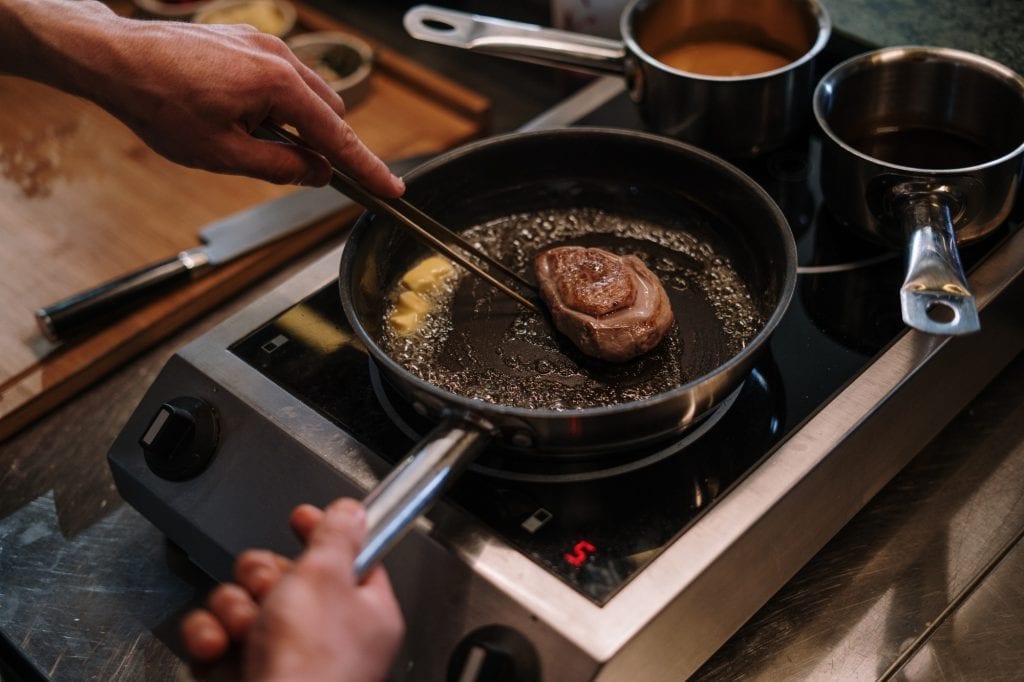
These methods will cook your meat rapidly at a high temperature. For this reason, these are ideal for fast-cooking tender veal cuts like steaks, chops, and tenderloin. Cooking with dry heat entails exposing your food to direct heat from above or underneath. If you’re looking for that caramelized crust on your meat, these methods are your best bet:
- Grilling
- Broiling
- Pan-Searing
- Baking
- Roasting
- Sautéing
Considering the leanness of veal, you’d benefit from cooking it with fats like that of bacon or duck. Oil and butter would also help keep your meat juicy. The ideal temperature for medium-rare is 145 degrees F, based on U.S. Department of Agriculture (USDA) standards.
Option 2: Moist Heat Cooking Methods
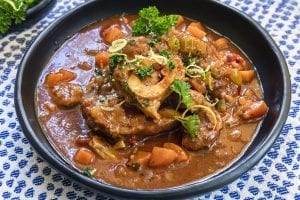
Unlike dry heat methods, cooking with moist heat entails having a medium like sauces, broth, and water to cook your meat in. This process is low and slow, which is great for cooking tougher cuts like veal ribs, shanks, and other veal stew cuts. You’ll be able to soften them properly without drying them out. Here are moist heat methods you can try:
- Simmering
- Braising
READ ALSO: Why Beef Tripe Smells So Bad and Ways to Rid the Smell
Best Veal Recipes to Try
Have a Taste of Traditional European Flavors
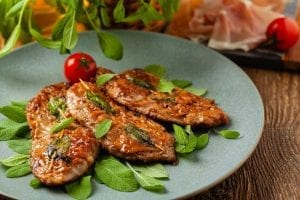
Throw together your own rendition of these European veal recipes that have stood the test of time.
- Veal Saltimbocca – Make this traditional Roman dish by pan-frying veal cutlets individually wrapped in bacon and flavored with sage. Then, finish your saltimbocca by cooking the fried meat in a reduced white wine sauce.
- Osso Buco – Recreate the flavors of this Lombard (Germanic) dish by slowly braising veal shanks with vegetables in a combination of wine and broth.
- Veal Marsala – Achieve this traditional Italian scaloppina dish by cooking your cutlets in sweet Marsala wine.
- Veal Parmigiana – Turn your veal meat into a delicious parmigiana dish by browning breaded cutlets and baking them with tomato sauce and mozzarella cheese.
Reinvent Your Favorite Meat Recipes
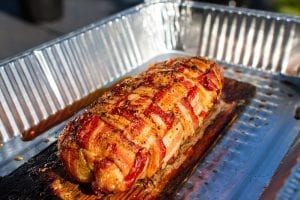
You don’t have to wander far from your comfort zone if you simply want to have a taste of this delicate meat. Recreate your favorite home-cooked meals by stirring veal into the mix.
- Bacon-Wrapped Meatloaf – Use ground veal to pep up your meatloaf recipe. Combine veal with pork, beef, and vegetables and bake the mixture in a loaf pan to achieve the signature rounded loaf shape. Then, wrap bacon around the meatloaf and continue to bake until done.
- Instant Pot Basic Cabbage Rolls – Combine ground veal with pork, beef, and rice and wrap the mixture in cabbage leaves. To seal the deal, cook the wraps with tomato sauce using an Instant Pot.
- Frikadellen German Meat Cakes – Add a twist to your regular burger patties by using a mix of ground veal, pork, and beef as the protein. Stir in bread, eggs, and seasonings to enhance the flavor and texture of the meat. Then, form into patties and broil them until browned.
The Controversy of Veal Production
Animal cruelty is the main issue that advocates find controversial about the veal industry. The calves’ right to life, as well as their right to humane living conditions, becomes the point of contention between producers and critics.
This mainly has to do with the old way of raising the calves. In the past, there have been issues of farmers restricting the diet and movement of bob and milk-fed veal calves to achieve the signature pale and tender meat. These controversies have greatly impacted the industry, so changes have since been made.
Good News: Veal Is Regulated
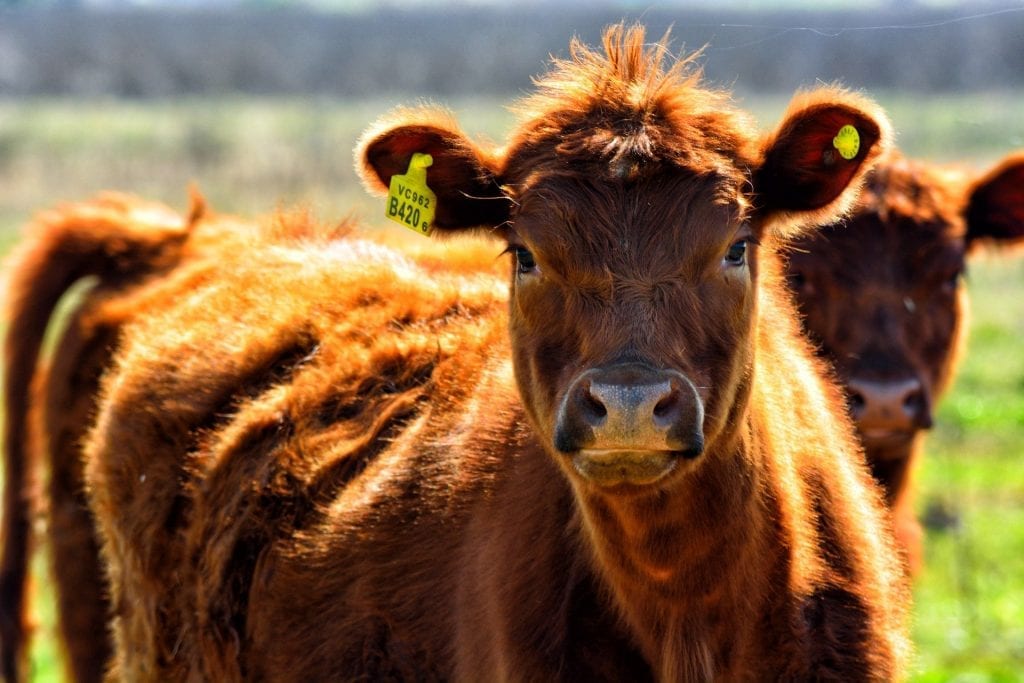
In 1990, the Veal Quality Assurance (VQA) was established to regulate the production of veal. The standards for this program have been updated several times, with a manual being one of them.
This manual was developed by farmers and experts on animal care to ensure that calves are properly raised and cared for throughout their lives. The VQA ensures that the end product is safe and more ethically-produced compared to the traditional way of raising calves.
In addition, veal producers have to be certified every three years, with an established relationship with a veterinarian. So, rest assured that you’re getting ethically produced veal by transacting with sellers that are VQA-certified.
Regulated Veal Meat Is Worth the Try
The veal industry had its pitfalls, but it has certainly come a long way with the efforts of improving the calves’ quality of life. If you’re bent on experiencing this meat for yourself, we highly suggest getting them from local producers that are certified by the VQA. After all, you wouldn’t want to miss out on this meat’s unique taste and texture.
